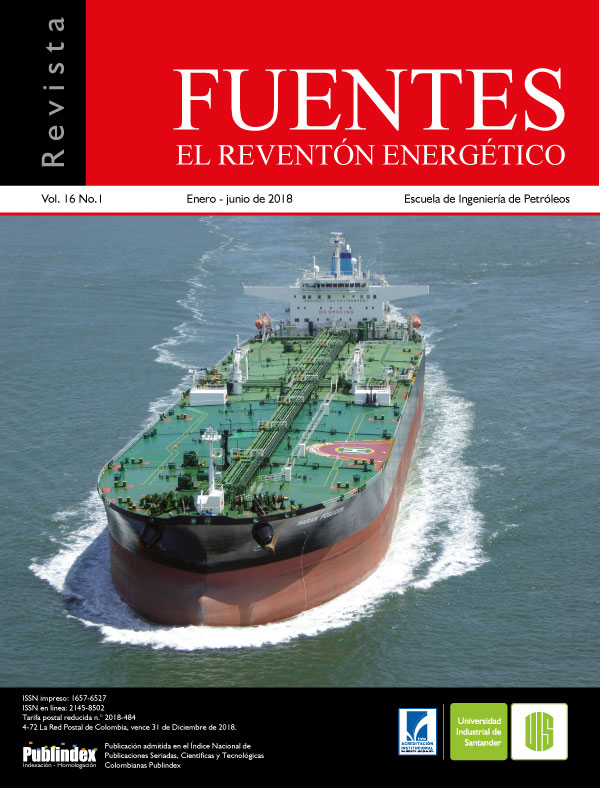Mathematical model to determine permissible pressure loss of mud controlled filtering
Published 2018-07-24
Keywords
- Geomechanics,
- Circulation lost,
- Filtered
How to Cite
Abstract
During a drilling, it is very important to have a stability window as accurate as possible to avoid problems such as collapse of the well, loss of circulation or filtration, among others. Although geomechanics makes it possible to determine an optimum density, in reality there may be permeable formations whereby considerable filtration losses can occur which increases costs and NPT. In literature there is a mathematical model that comes from the law of continuity, a state equation and a flow equation (Darcy) which is used in pressure test analysis, analyzing the pressure needed to have flow from the formation to the well . The objective of this research is to demonstrate that this model can be implemented to estimate the allowed pressure of the sludge during the drilling and to control the filtration of this fluid towards the formation in order to add a new curve to the stability window. To achieve this objective, models and correlations were used and an estimate of the properties of the formation as a function of depth and with a maximum allowed filtration loss rate was determined, the additional pressure was determined with which It can perforate without presenting great loss of filtration reducing costs. Finally, a sensitivity analysis was made concluding that permeability and viscosity are the most important variables of the model.
